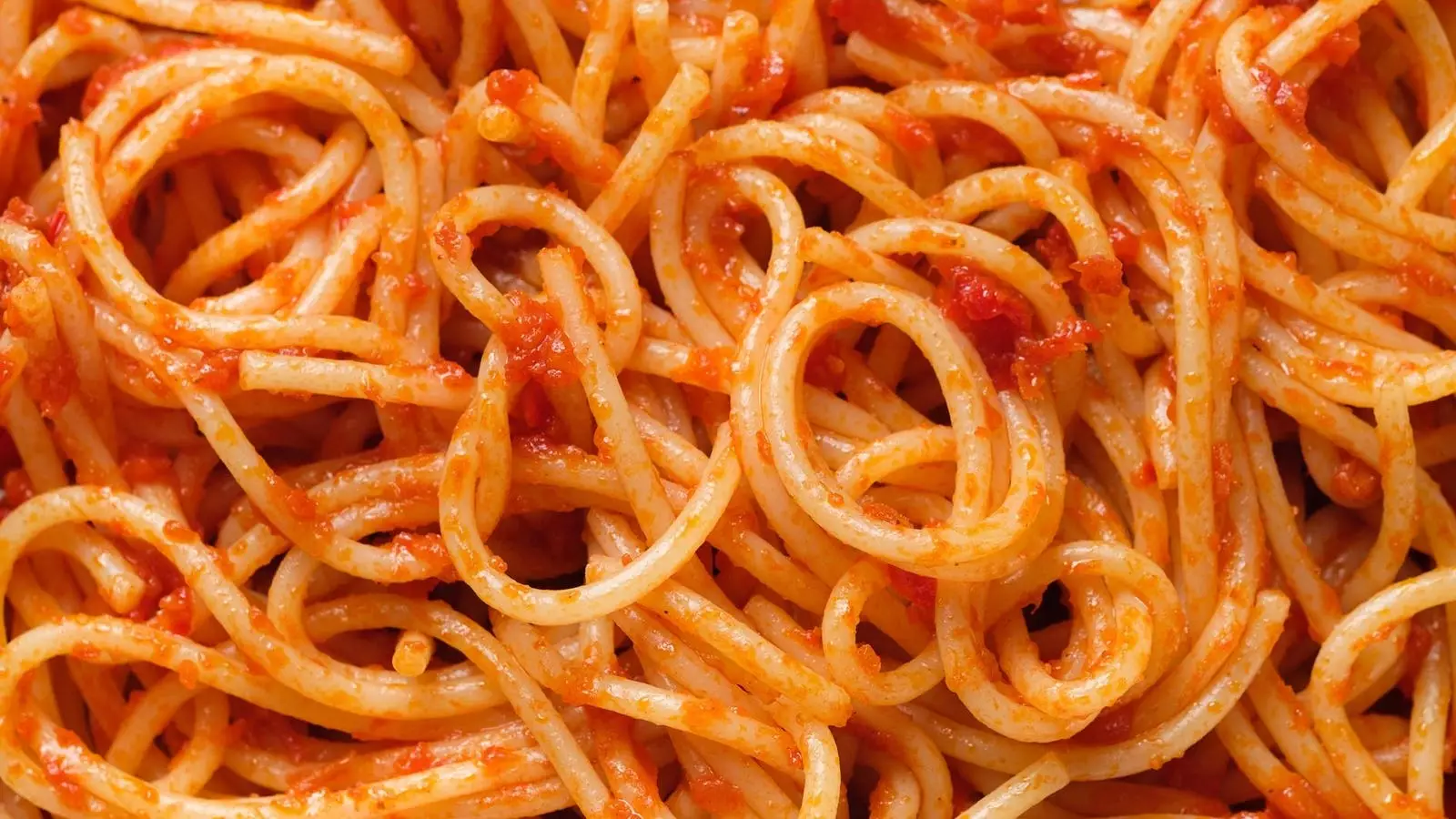The culinary landscape of the United States is a melting pot of flavors, and at the heart of many beloved dishes is the often-misunderstood component: sauce. According to a recent analysis by Instacart, the preferences for sauce vary significantly across the country, revealing distinct regional flavors and highlighting the enduring popularity of certain staples. This article will explore the findings of this study, delve into the reasons behind these trends, and dissect the implications for consumers and producers alike.
Instacart’s data undeniably illustrates a clear preference for tomato-based sauces among American consumers. Topping the list is marinara sauce, claiming a remarkable 20% of all pasta sauce sales in 2024, followed closely by alfredo at 17% and tomato basil at 16%. The omnipresence of marinara underscores its status as a culinary staple; its versatility allows it to complement a wide range of dishes beyond pasta, further cementing its place in American kitchens.
Despite tomato basil being a close relative of marinara, the distinction in purchasing data indicates an interesting consumer psychology. While both sauces are tomato-based, consumers may gravitate toward marinara for its simplicity and traditional preparation methods. Alfredo sauce, while equally beloved, caters to those seeking a creamier, richer option, demonstrating how texture and flavor profiles play significant roles in consumer choices.
One of the most intriguing outcomes of the Instacart study is the regional variability in sauce preferences. While marinara is the clear favorite nationally, certain pockets of the country buck this trend. Notably, the Midwest and the South showcase a preference for heartier sauces, such as bolognese, reflecting regional traditions in cooking and flavor preferences. The data suggests a cultural narrative where local ingredients and traditional cooking methods influence culinary choices.
For instance, in New York, consumers favor spicy arrabbiata, indicating a leaning towards bold flavors and perhaps a palatable affinity for more adventurous options. Such regional distinctions highlight not just individual preferences but also the communal and familial histories that shape what people eat. The connection between food and cultural identity is palpable here, as sauce preferences are often tied to longstanding traditions.
While marinara and alfredo dominate the marketplace, a less enthusiastic reception awaits many other kinds of sauces. Pesto, for instance, holds a modest sixth place with only 7% of sales, while sauces like meat and vodka sit languishing at 5% and 3%, respectively. Even more intriguing is the paltry reception for spicy sauces, where arrabbiata, spicy tomato, and puttanesca languish at less than 1%.
This hierarchy raises questions about the limitations of consumer taste and the difficulties faced by producers in introducing more niche or gourmet options into a market that is strongly rooted in traditional flavors. It may also point towards a more general aversion to spiciness among large swathes of the population, which could shape how food brands market their products.
In terms of consumption, the data reveals Iowans as the most ardent sauce consumers, ordering pasta sauce at rates 49% above the national average. This trend is paralleled by states like Wisconsin, West Virginia, and Delaware, all of which show significant preferences for sauce compared to their counterparts.
Conversely, states such as California, Idaho, and Maine appear less enthusiastic about pasta sauce, suggesting a divergence in dining habits, possibly influenced by local cuisine, lifestyle, and cultural leanings. With these insights, producers can tailor marketing efforts and product lines according to regional tastes, developing targeted strategies that resonate with local preferences.
The findings from Instacart provide a riveting glimpse into current culinary trends across the U.S., emphasizing the powerful role of regional preferences in shaping dietary choices. The dominance of tomato-based sauces reflects an enduring popularity, while regional variations highlight the rich tapestry of American food culture. Understanding these trends not only benefits consumers in making informed choices but also guides producers in developing products that meet diverse tastes, ensuring the continued relevance of sauce in American kitchens. As the exploration of culinary preferences unfolds, it becomes clear that sauces are more than mere condiments—they embody cultural narratives and personal preferences that vary widely across the nation.

